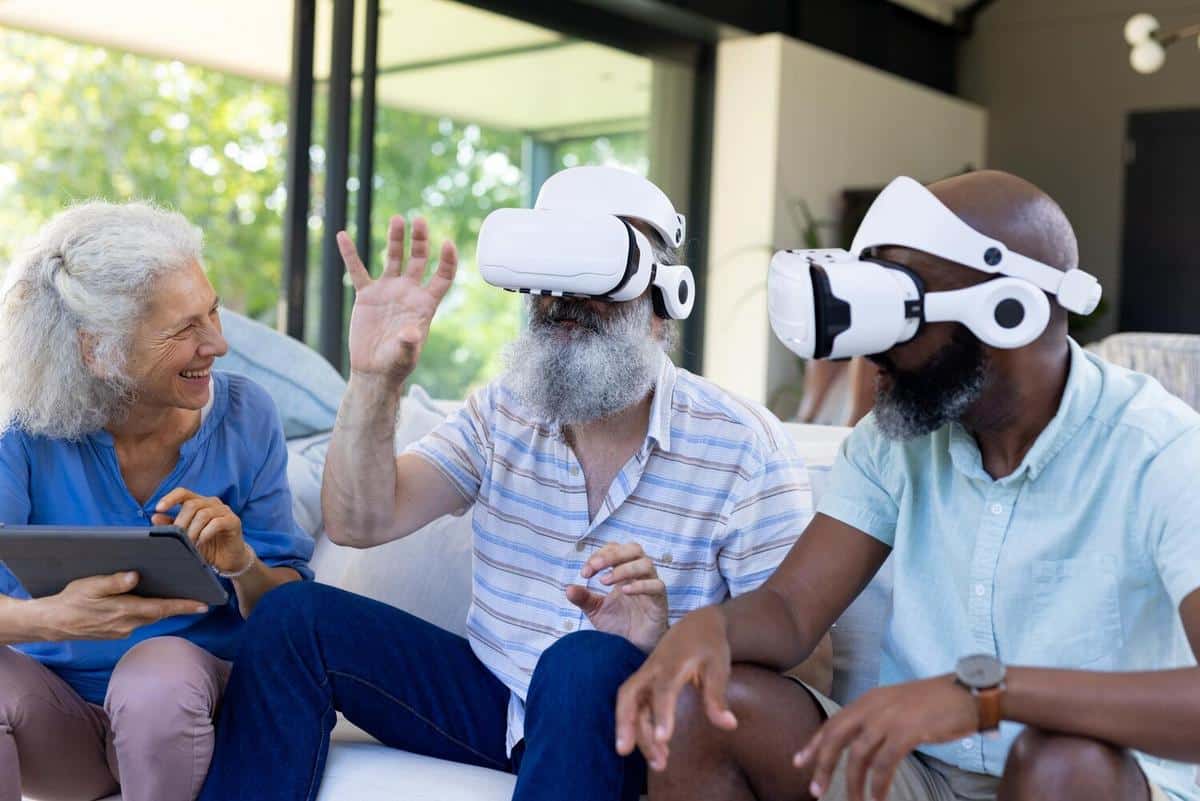
Healthcare Innovation: How VR is Transforming Patient Care
Virtual reality (VR) is no longer just a buzzword in the tech industry; it is making significant strides in transforming patient care within the healthcare sector. From surgical simulations to mental health therapy, VR is reshaping the way healthcare professionals approach treatment and patient interaction.
Revolutionizing Patient Care with VR
Virtual reality is opening new doors in healthcare, offering innovative solutions that enhance both patient and provider experiences. According to a study published in a reputable health journal, VR has shown to improve patient outcomes in several areas, including pain management and rehabilitation.
Expert Insights
Dr. Michael Gervais, a renowned psychologist, highlights that “VR has the potential to transform the mental health landscape by providing immersive experiences that traditional therapies cannot offer.” This sentiment is echoed by many in the medical community, who see VR as a tool for both diagnosis and treatment.
Statistics and Research Findings
Recent research indicates that VR-based therapy can reduce chronic pain by up to 25%, offering a non-invasive alternative to medication. Furthermore, surgical trainees using VR simulations are found to perform 30% better in operating rooms compared to those who train with traditional methods.
Real-life Applications
Consider the case of Emily, a patient who underwent VR therapy to overcome her phobia of flying. Over several sessions, Emily was able to confront her fears in a controlled virtual environment, leading to significant improvement in her condition.
Actionable Tips for Healthcare Providers
- Identify areas in your practice where VR could enhance patient care.
- Invest in training staff to effectively use VR tools.
- Stay updated with the latest VR advancements in healthcare.
| Application | Benefits | Challenges |
|---|---|---|
| Pain Management | Non-invasive, reduces medication dependency | Cost of equipment |
| Mental Health Therapy | Controlled exposure therapy | Technology acceptance |
| Rehabilitation | Enhanced engagement in physical therapy | Limited access |
| Surgical Training | Improved skill acquisition | High initial investment |
| Patient Education | Better understanding of procedures | Content development |
| Telemedicine | Remote patient monitoring | Internet connectivity |
| Autism Therapy | Customizable learning environments | Adaptation challenges |
| Phobia Treatment | Safe exposure therapy | Limited scenarios |
FAQs
What is VR in healthcare?
VR in healthcare involves the use of virtual reality technology to enhance medical treatments, training, and patient experiences.
How does VR help in pain management?
VR helps in pain management by providing immersive distractions and reducing the patient’s focus on pain, thus minimizing the need for medication.
Can VR be used for mental health therapy?
Yes, VR is increasingly used in mental health therapy for conditions such as phobias, PTSD, and anxiety, offering controlled and safe exposure therapy.
Conclusion: Embracing VR in Healthcare
As we continue to explore the capabilities of VR in healthcare, its potential to revolutionize patient care becomes increasingly apparent. By integrating VR into medical practices, healthcare providers can enhance patient outcomes, improve training, and offer innovative solutions to longstanding challenges. As VR technology evolves, staying informed and adaptable will be key to leveraging its full potential.